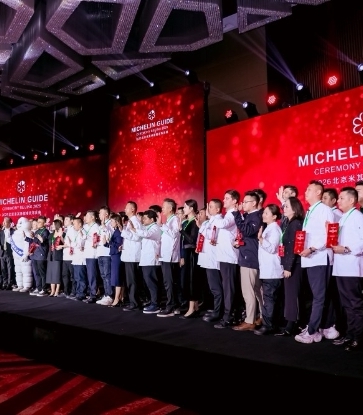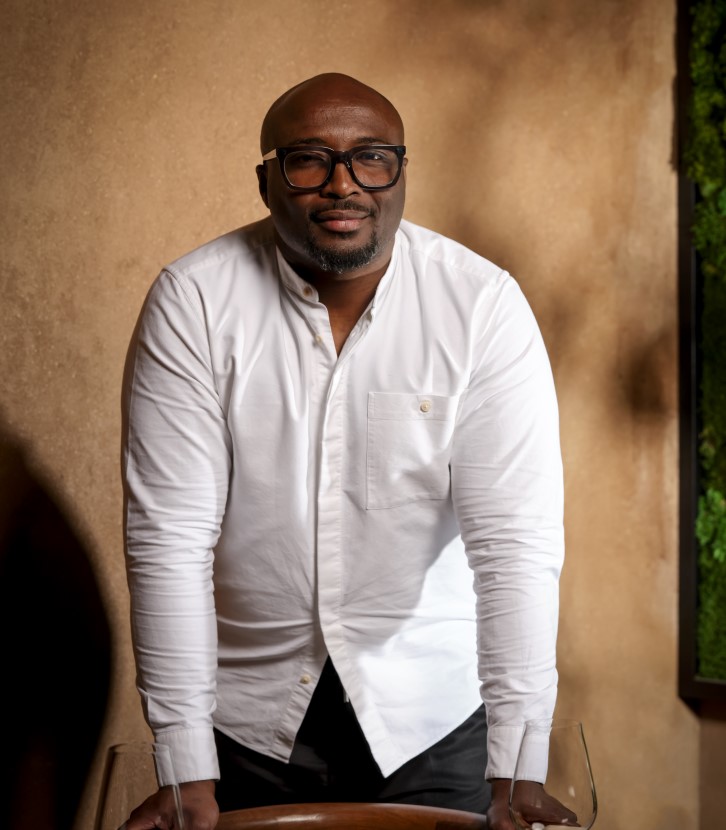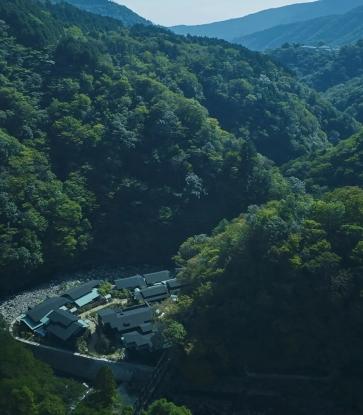At age 19, Atsushi Takahashi joined three-Michelin-starred kaiseki restaurant Kashiwaya in Osaka, Japan, to train under second-generation chef-owner Hideaki Matsuo. In his 21 years of training under chef Matsuo, Takahashi has witnessed his mentor lead the restaurant to three Michelin stars for six consecutive years, never once dropping its esteemed status.
When Kashiwaya opened its first international outlet in Hong Kong in 2015, much effort was taken to stay as true to the original restaurant as possible. From the cutlery to the kitchen utensils and ingredients used, these were all brought over from Osaka. Chef Atsushi Takahashi, who was tasked to helm the Hong Kong branch, also made sure to carefully follow the Kashiwaya philosophy of creating seasonal menus showcasing dishes with very artistic presentations. We have a chat with chef Takahashi to find out more.

I was born on 17 June 1976, which makes me 41 years old this year. I've always enjoyed cooking since young, which is why I chose to go to culinary school in Japan. After I graduated, my first job was at Kashiwaya. I was just 19 then, and have been following chef Matsuo ever since.
What have you learnt from training under chef Hideaki Matsuo?
Definitely the precise cooking techniques. Also, I've learnt a lot from chef Matsuo's serious attitude towards work and the sincerity with which he treats the people around him.
How do you feel helming the Hong Kong branch of Kashiwaya without chef Matsuo by your side?
I feel there is even more reason for me to be careful, work hard and focus on doing well!

Our restaurant philosophy has always been to respect and enjoy the four seasons, and the guest should experience the beauty of the seasons changing through the restaurant ambience, every dish that is served to them and every ingredient used in the dish.
How do you perfect this philosophy?
The idea behind Kashiwaya's philosophy is this: There is no end to learning. You must work to improve and sharpen your skills everyday, and it is also important to think of new creative ways of cooking but not forget traditional methods.
Where do you get your inspiration from?
It comes from my daily life. For instance, whenever I try a new ingredient I have never tasted before, I will be inspired to think of creating something with this new flavour. I also find inspiration from past experiences.
What are some ingredients usually used at Kashiwaya?
Kelp and bonito, and also the dashi broth; it is used in almost every dish here in Kashiwaya.

The first would be the bowl of cooked ingredients, which features our outstanding clear broth. The next would be the slow-cooked abalone, where we add in a lot more Japanese black abalone during the cooking process to lift the dish and really enhance the abalone flavour. The last would be our main dish, which changes every month and is worth waiting for.
How would you describe Kashiwaya?
It is seasonal, and you can really experience Japanese culture through dining in the restaurant. It's also a place that makes diners feel happy after eating there.
Are there differences in the Japanese food we eat in Hong Kong and what we would eat in Japan?
In the past year, I've visited many Japanese restaurants in Hong Kong and the standards here are very high — you can hardly taste the difference between Japanese food served here and what you would get back in Japan. Especially in the Michelin-starred restaurants, there is even more reason for them to keep as close to Japan's standards as possible.
How would you compare yourself with chef Matsuo?
Chef Matsuo is on a totally different level, and I wouldn't dare to compare myself with my teacher so casually! I can only say that I hope to be as good as him and to reach his high level of cooking one day.
How do you feel about Kashiwaya in Hong Kong earning two Michelin stars after opening for just a year?
I think that it is extremely good for us to get two Michelin stars! We have to thank all the important people who helped us get to where we are today, and I will definitely work hard to continue taking the Hong Kong outlet of Kashiwaya to greater heights.





















